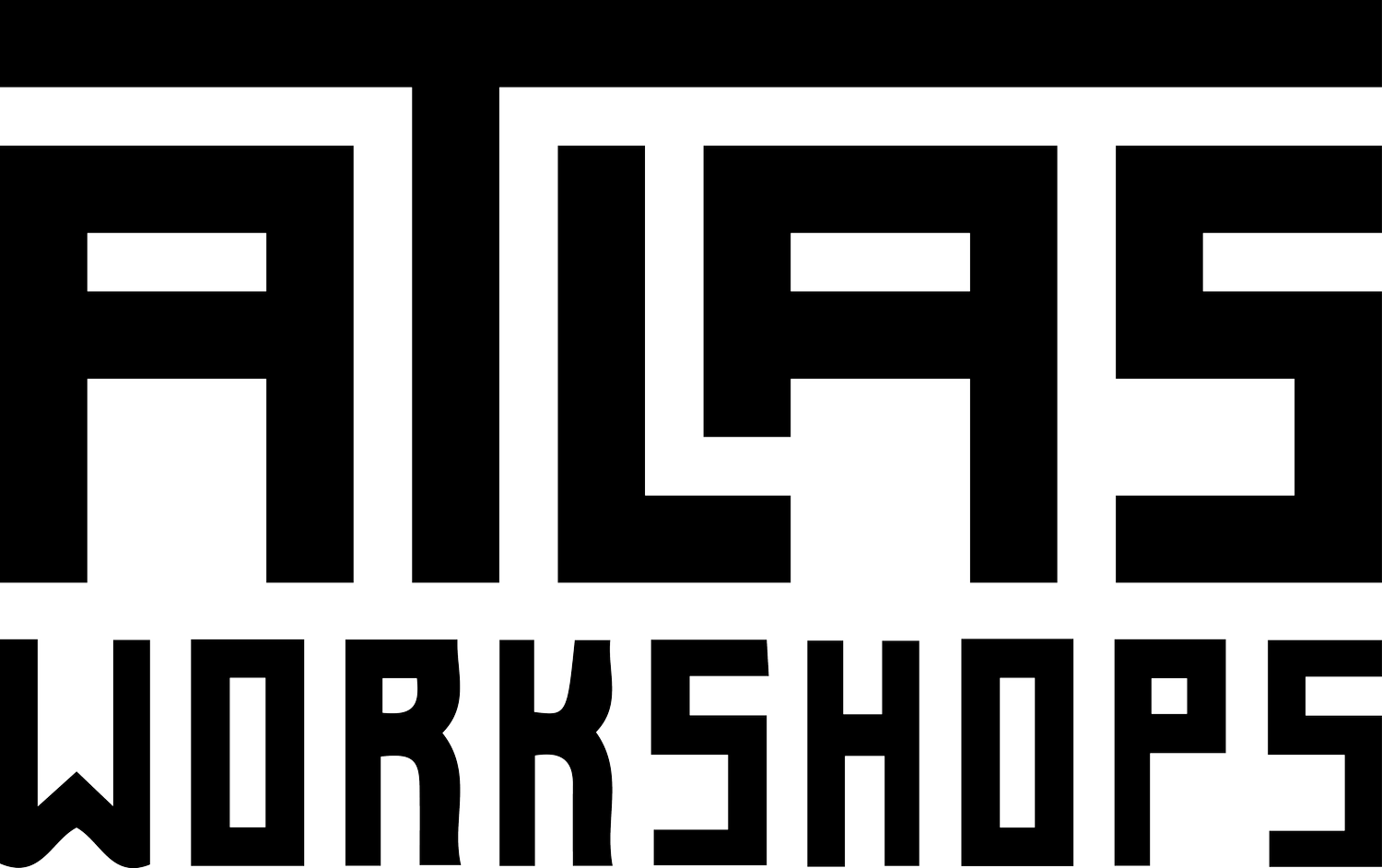Navigating the Smart City: An Atlas Workshops Hangout
What’s the smartest thing about your city? If you live in London, it might be the congestion charge. If you’re from New York City, you should visit the High Line Urban Park. If your home is Bogota, Colombia, then you’ve probably taken the Trans-Millenio. In Nairobi, you can now pay your water and electricity bill via mobile phone. In Detroit, urban farms are supplying local food and creating local jobs. Here in Boston, the Hubway bike sharing program has transformed my commute. Cities worldwide are getting smarter, using tools like mobile phones, green architecture, and inclusive urban design to make urban systems, like education, water, emergency response, or transportation run smoother. The goal of the smart city is to create an urban space that is more liveable, and where residents can also be active participants in improving their city. A smart city approach involves improvements in transportation, environmental sustainability, public services and urban participation.
Everyone Commutes or Why Smart Cities Need To Start With Transportation
For the last three years, I have been researching projects on urban mobility. In 2008, I researched the expansion of the subway system in Beijing, as the city prepared to host the Olympics. Recently, I have been working with a team of researchers from MIT, Columbia University, and University of Nairobi on the Digital Matatu project in Nairobi, Kenya, to map the city’s transport system, which consists of an informal network of minibuses or Matatus. After mapping the sprawling, seemingly chaotic system, we will develop apps and tools for citizens and planners to use this data. This project will help the government of Kenya to improve traffic and help commuters to get where they need to go.
Figuring out an efficient transportation system is the key to designing a well-functioning city. If everyone in Manhattan drove a car to work every single day, the congestion would overwhelm the city. No-one would get anywhere. Projects to improve public transport in cities through systems such as bus rapid transit (BRT), bike sharing, congestion charging, or mass transit smart phone Apps (think NextBus or Google maps) are rapidly changing the way people move around their cities.
What’s Smarter than Scandinavia?
When we began planning our workshops for next summer, we decided to study the smart city. As better city planning using the smart city model is an emerging global discussion, we thought it would be ideal to bring our students into the conversation first hand. Our summer workshop to Scandinavia will bring students to some of the most environmentally sustainable and well-planned cities in the world. We’ll have an opportunity to apply lessons from Sweden and Denmark onto urban landscapes in the US.
Navigating the Smart City
We wanted to start the conversation sooner.Next week, I will be leading a discussion about the Smart City with students and educators from across the country through the first Atlas Workshops Hangout, “Navigating the Smart City.” I will present on different projects I have worked on around the world related to urban design and transportation. For more information on the hangout, click here — and be sure to RSVP so we can send you the details to join the conversation!
